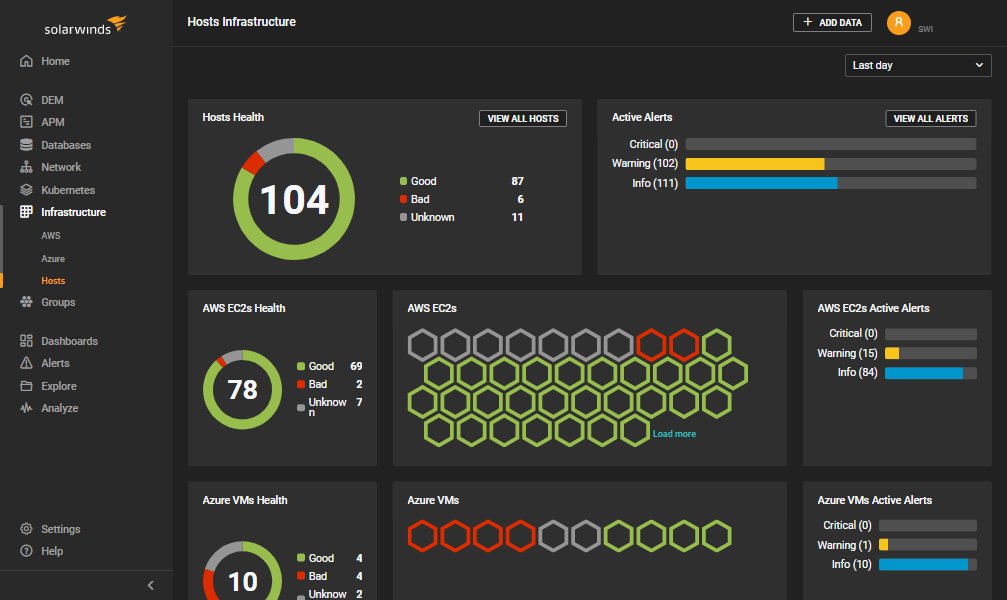Social network downtime in 2008

 Yesterday we released a big, brand new report about social network site uptime in 2008.
Yesterday we released a big, brand new report about social network site uptime in 2008.
Included in the report are Facebook, MySpace, LinkedIn, Twitter, Friendster, LiveJournal, Orkut, Bebo, Hi5, Windows Live Spaces, Last.fm, Classmates.com, Reunion.com, Xanga and Imeem.
The full report is available as a free PDF, but we have lifted out some interesting data from the report here below.






 You may remember the incident that Google had on January 31, when it during 55 minutes accidentally flagged all URL:s containing “/” as a potential malware site. This meant that
You may remember the incident that Google had on January 31, when it during 55 minutes accidentally flagged all URL:s containing “/” as a potential malware site. This meant that  Symmetry and asymmetry, structure and detailed designs. Are we talking about art? In this case, no, we’re talking about silicon chips, integrated circuits and electronics. Look at these close-ups and macro shots, and you’ll see why sometimes they could just as well be considered art.
Symmetry and asymmetry, structure and detailed designs. Are we talking about art? In this case, no, we’re talking about silicon chips, integrated circuits and electronics. Look at these close-ups and macro shots, and you’ll see why sometimes they could just as well be considered art. If you’re not used to thinking in terms of website availability and reliability, we hope that the insights below may help you to a greater understanding of the factors you should keep in mind when selecting a quality hosting company.
If you’re not used to thinking in terms of website availability and reliability, we hope that the insights below may help you to a greater understanding of the factors you should keep in mind when selecting a quality hosting company.
 This week Netcraft reported that there are now
This week Netcraft reported that there are now  Those of you familiar with us know that we here at Pingdom provide an
Those of you familiar with us know that we here at Pingdom provide an  Yesterday
Yesterday 
 We recently released our new Pingdom iPhone application which lets you view the current status of your checks on your iPhone as well as view some of the configuration settings and statistics for the last 30 days.
We recently released our new Pingdom iPhone application which lets you view the current status of your checks on your iPhone as well as view some of the configuration settings and statistics for the last 30 days. President Barack Obama is said to be significantly more tech-savvy than his predecessor, so one might wonder how he felt when the White House mail server suffered a meltdown yesterday, leaving his entire press office without access to the official White House email addresses for much of the day.
President Barack Obama is said to be significantly more tech-savvy than his predecessor, so one might wonder how he felt when the White House mail server suffered a meltdown yesterday, leaving his entire press office without access to the official White House email addresses for much of the day. In 2008 the stock market fell into shambles, the real estate market tumbled, big companies announced big layoffs, VC investors became more careful, and the entire world economy went downhill. It’s enough to put a sour face on the most optimistic person.
In 2008 the stock market fell into shambles, the real estate market tumbled, big companies announced big layoffs, VC investors became more careful, and the entire world economy went downhill. It’s enough to put a sour face on the most optimistic person. What happened with the Internet in 2008?
What happened with the Internet in 2008? A new year has arrived, and we here at Pingdom have dived headlong into it. For example, just last week we
A new year has arrived, and we here at Pingdom have dived headlong into it. For example, just last week we 



















